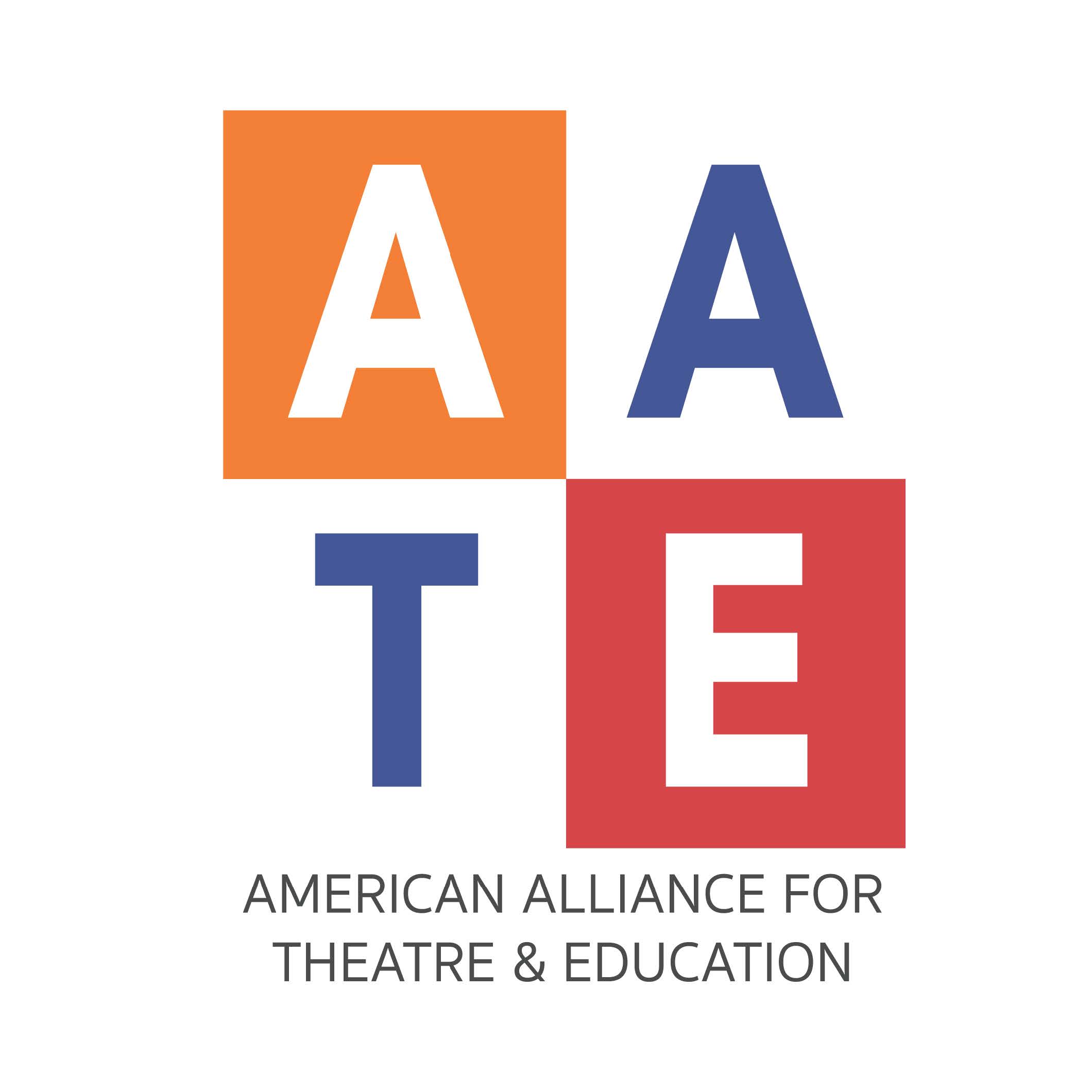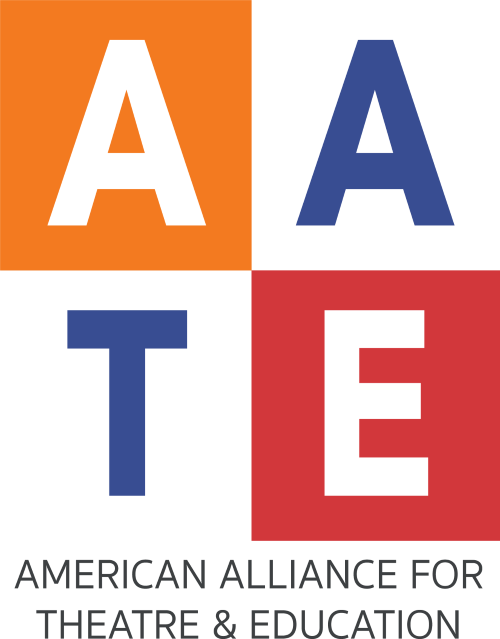- Home
- About AATE
- Membership
- Programs and Events
- Resources
- Networking
- Support AATE
- Online Store
- Contact Us
|
 STRATEGIC PLAN 2025-2027Context for Plan: The 2025 - 2027 Strategic Plan of the American Alliance for Theatre & Education reflects the core values of the organization to ensure that all arms of AATE are inclusive, reflective of all members and diverse in perspective and product. The Board of Directors chose to continue with a three-year plan as our field and country face this inflection point with so many colleagues in theatre and education facing obstacles and joblessness. We share this plan so that our goals are transparent and that members hold us accountable to our action steps. Articulation of Terms: AATE Membership: All individuals who joined as a member of AATE so they can receive benefits and access to resources, networks, events, and training. Potential AATE Membership: Those in the field we strive to include in AATE AATE Board: All members who currently serve on the AATE Board of Directors AATE Leadership: Members who serve in leadership position within the organization (network chairs, conference chairs, YTJ advisory and editorial board, committee chairs) Global Majority: A collective term for people of Indigenous, African, Asian, or Latin American descent, who constitute 85% of the global population. It is an alternative term to those which are seen as racialized like Person of Color, Ethnic Minority, or BIPOC (Black, Indigenous, and People of Color). Our strategic plan is a living and breathing document, making AATE’s work and priorities transparent to our Members. This plan will be assessed annually and adjustments will be made accordingly to be in alignment with the current climate of the world. Anti-Racism and Equity Work
Year 1
Year 2
Year 3
Finance
Year 1
Year 2
Year 3
Action Step - Continue our financial transparency by providing comparative metrics of goals vs. actuals related to budget and financial support of Anti-Racism/Race Equity commitments. Member Support
Overall
Year 1
Year 2
Year 3
|
